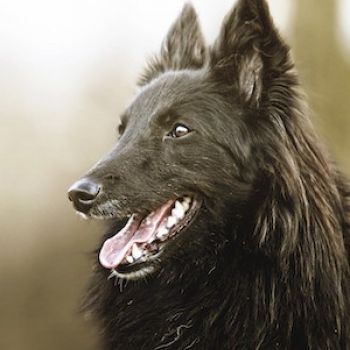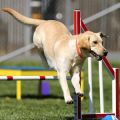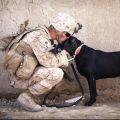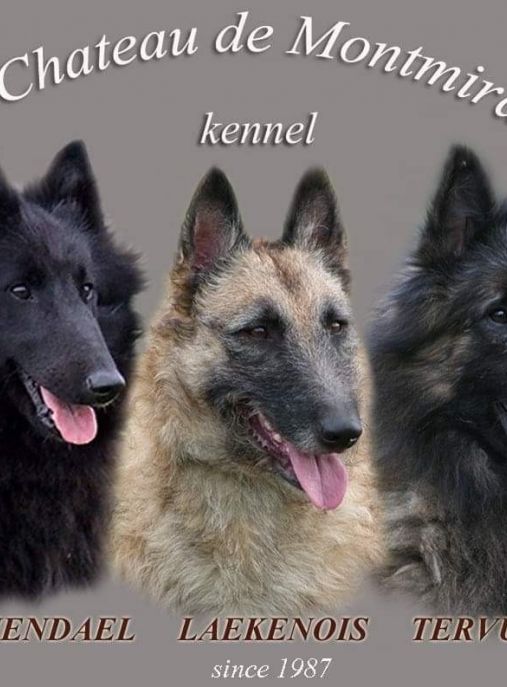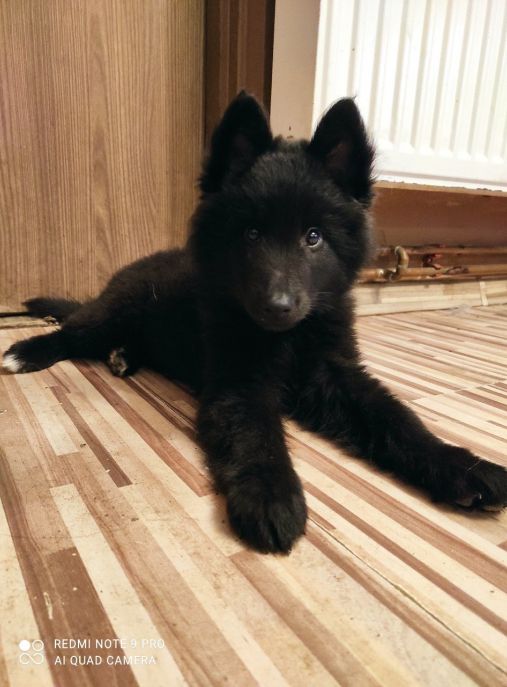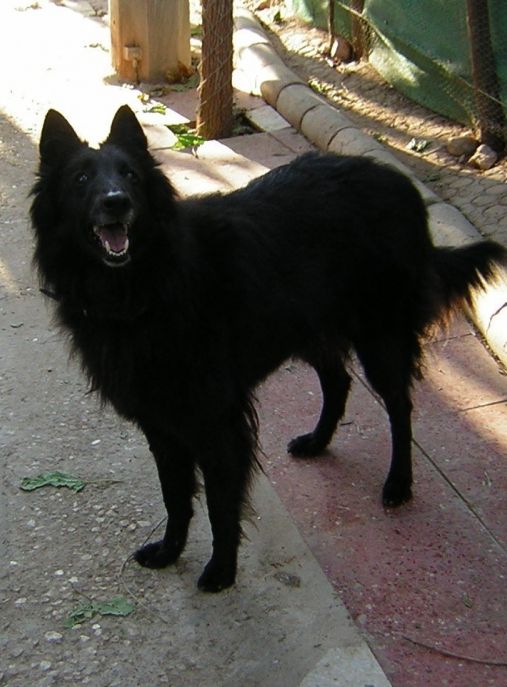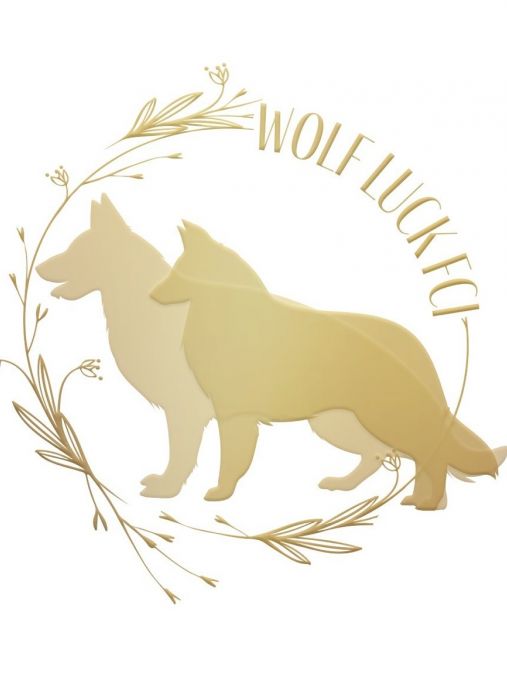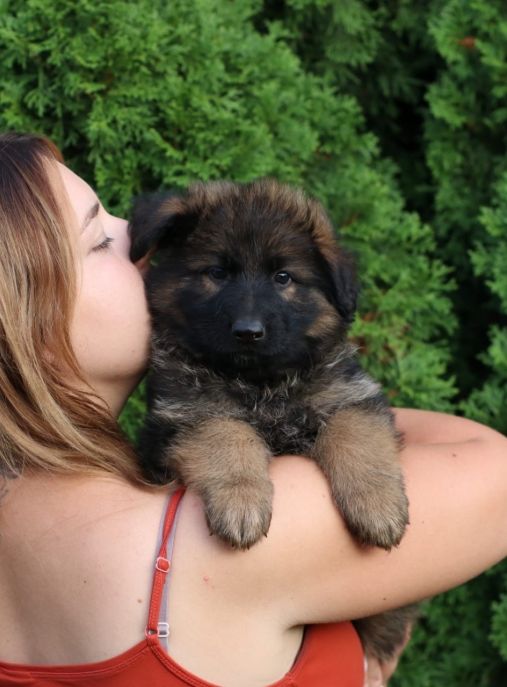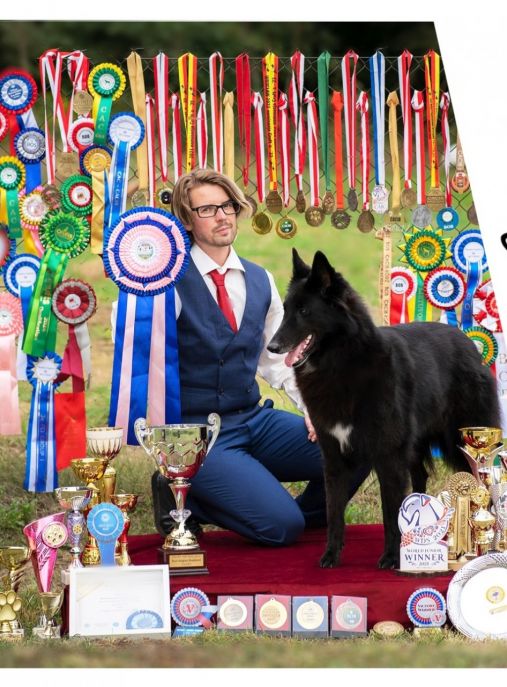Even in the prehistoric times, man noticed that dogs rounded up the herds instinctively. The breeders of cows, sheep and poultry contributed to the formation of shepherd dogs using selection for individuals who were the easiest to train. A controversy arises in regards to the fact where the Belgian Shepherds originated. Some cynologists claim that they are descendants of European shepherd dogs from the Bronze Age, others - that the Belgian shepherds developed from crosses of mastiffs with deerhounds which came to the territory of present Belgium from England in the thirteenth century.
At the end of the sixteenth century in Antwerp dogcatchers were ordered to kill homeless dogs. The exceptions were hunting, shepherd, toy and farm dog breeds, named ‘rekel’, in other words, ‘prankster’. Probably the latter was the direct ancestor of the Belgian shepherds.
In 1891, Professor Reul gathered and carried across all dogs of the type of shepherd.
In the same year, the Belgian Shepherd Dog Club (Club du Chien de Berger Belge) was established, an exhibition of shepherd dogs was organized and the work on the pattern and unification of the breed's appearance began. Due to the type of hair, Belgian Shepherds were divided into three varieties: long-haired black and fawn, short-haired fawn and coarse-haired fawn.
After 15 years of intensive breeding work, rural shepherd dogs changed into purebred dogs, with strong features of working dogs.
The four varieties of Belgian Shepherds are distinguished: Groenendael, Tervueren, Malinois and Laekenois. They all have identical body build. They differ only in the type of coat and color.
The Belgian Shepherds Groenendael was originated in the Chateau de Groenendael. The breed immediately earned the respect of unifirmed services, including police, thanks to the talent for winning dog competitions.
For centuries Belgian Sheepdog Groenendael ensured the proper way of moving herd animals and guarded them from predators.
Groenendael also served as a dog to guard houses, and during the war - to carry reports.
Two world wars significantly reduced Groenendael's population. However, it was successfully rebuilt due to careful selection of individuals who fit perfectly the standards of the breed.
- The height of the dog at the withers: 58-62 cm
Belgian Shepherd Dog Groenendael belongs to the group of herding dogs. It is a versatile dog, working as a protector, watchman or tracker, as well as an excellent family dog. The Belgian Shepherd Dog is a dog with a balanced silhouette, harmonious proportions, which combine strength and elegance.
The Belgian Shepherd Dog Groenendael is alert and attentive, and his keen gaze is a symptom of intelligence and peace that lie dormant in him. This is a very smart breed with amazing reflexes. They are dogs very used to living outside, so they tolerate any weather well. Big and robust Groenendael is a dynamic dog that needs not only physical activity but also mental challenges, thanks to which it will develop its psyche.
Training and socialization of the Belgian Shepherd must be started at a very young age, as puppies can be a bit nervous. During training, be patient and gentle, but also firm. Due to their high intelligence and perceptiveness, these dogs require a lot of attention and a variety of tasks and games to be devoted to them. They are great at e.g. agility. This breed does not like to be left alone. Belgian Shepherd Dog Groenendael is extremely attached to the guardian and is very devoted to him. It may happen that some males will not tolerate other males in their environment. The Groenendael is manoeuvrable, rugged and self-contained. He can work well with people. He is a very prudent and courageous dog, with a great temperament. Groenendael has excellent visual memory, fitness and sense of smell. It is successfully used to track criminals, detect drugs as well as rescue and help people with disabilities.
Brush your dog daily with a brush or a fine-toothed comb. Trim claws regularly if necessary and clean ears to prevent infections.
If your dog gets dirty, bathe him in a longhair shampoo. In stores, there are preparations for black-coated dogs that will emphasize the color of your pet's coat.
Also keep an eye on your dog's teeth.
A coat of long black hair is characteristic of this Belgian Shepherd variety.
The Belgian Shepherd Dog Groenendael is a hardy and long-lived breed. Hip dysplasia is typical for him. Occasionally, hypothyroidism, skin allergies, such as fleas bites, and epilepsy may occur.
Groenendaels are not very good at anesthesia.
The Belgian Shepherd Dog Groenendael is a very active dog, it needs a highly energetic food that will meet all its nutritional needs. Giving this dog dry food is a good option, provided it is well chosen. When buying dry food, first of all, pay attention to its composition. It should not contain grains, chemical preservatives and a significant amount of carbohydrates. However, it should be rich in good kind of animal protein. Adapt the food to the dog's age and activity. This is particularly important when feeding a puppy, as the food intended for this age group is richer in nutrients, micro and macro elements.
An alternative to dry food is Barf. This diet is the closest to the natural food of our pets' wild ancestors. Barf is based on the administration of unprocessed raw animal protein, i.e. meat, offal, meat bones, as well as fish, eggs, vegetables and fruit. All these products contain essential and much needed vitamins, fatty acids, amino acids and minerals. The advantage of using this diet is that there are no artificial preservatives, dyes and no carbohydrates in it. Feeding a dog with Barf gives us the certainty that he receives the right amount of antioxidants and bacteria with raw food, thanks to which he develops beautifully and properly.

